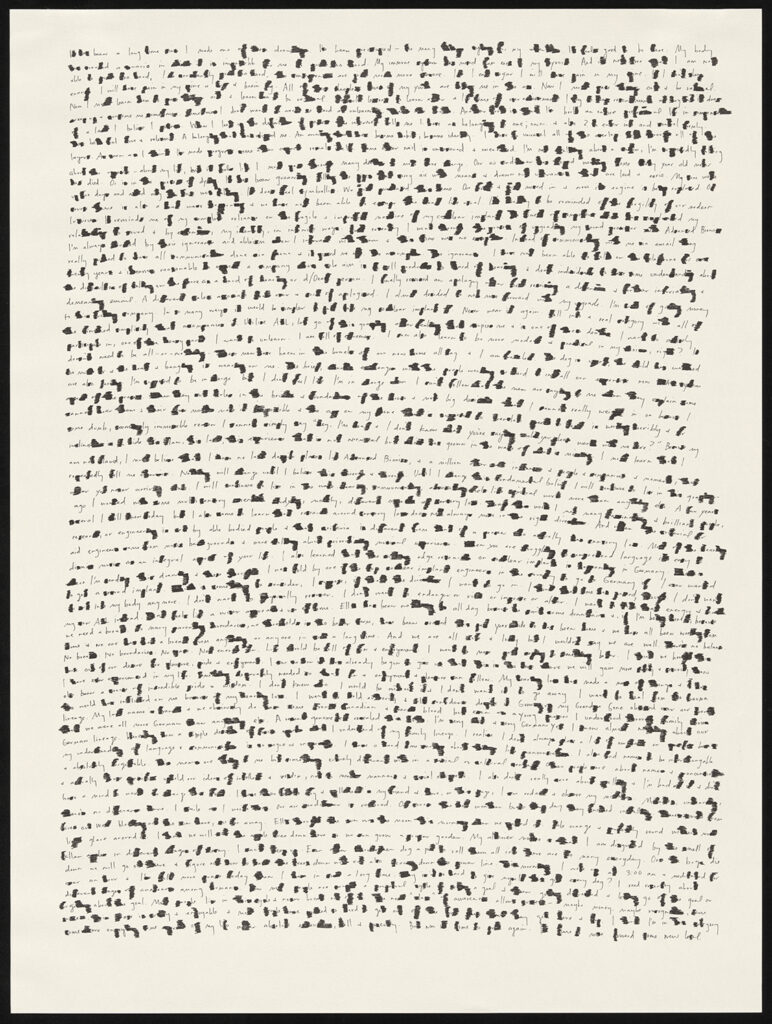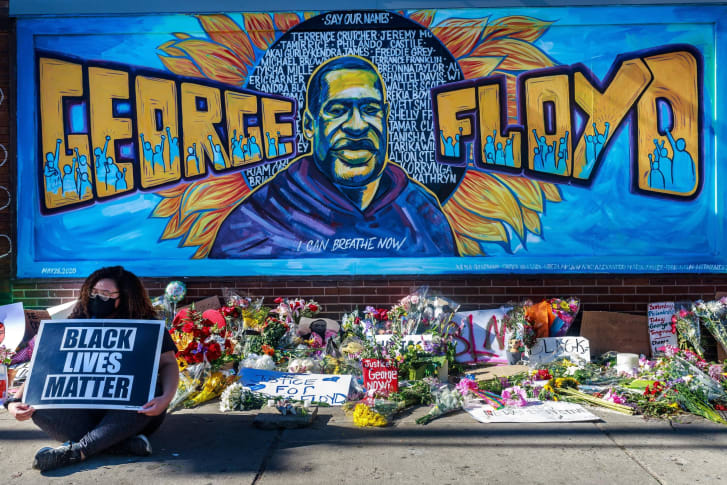Composer and performer, Molly Joyce, co-curated “In Feeling: Empathy and Tension Through Disability” at the University of Virginia’s Fralin Museum of Art, running now until Jan. 4, 2026 (note: exhibit will travel to various museums after). Co-curated with Kristen Nassif, the exhibit features works by 9 living disabled artists across the arts including dance, drawing, sound, and sculpture. It examines the tensions and empathy that can emerge through disability, “a conflict that has been forever fascinating to me, specifically how disability can simultaneously be feared, idolized, and fetishized,” says Joyce.
The exhibition features works by JJJJJerome Ellis, Jerron Herman, Jeff Kasper, Christine Sun Kim, Park McArthur, Finnegan Shannon, Andy Slater, Liza Sylvestre, Christopher Robert Jones, & Molly Joyce. More info at infeelingexhibition.com.

above, Liza Sylvestre (b.1988). Interference 7/26/2021, 2021. Ink on paper, 18 x 24 in (45.7 x 61 cm).
A sheet of off-white paper pinned to a wall, densely filled with small, irregular black ink marks resembling dots, dashes, and fragments of handwriting. The markings are arranged in a grid-like pattern, suggesting the format of written text, but are largely illegible, evoking a sense of obscured or lost communication.
